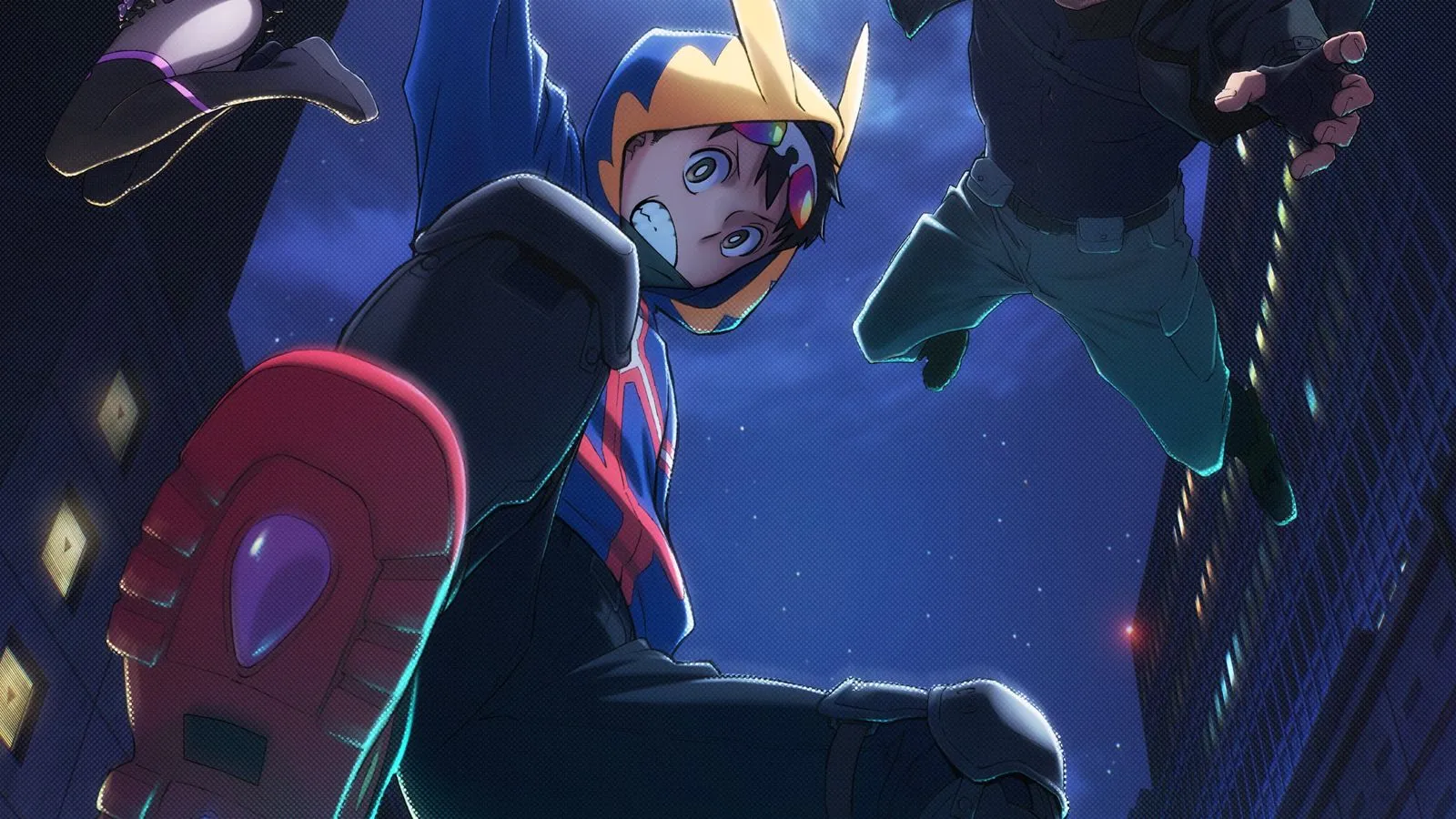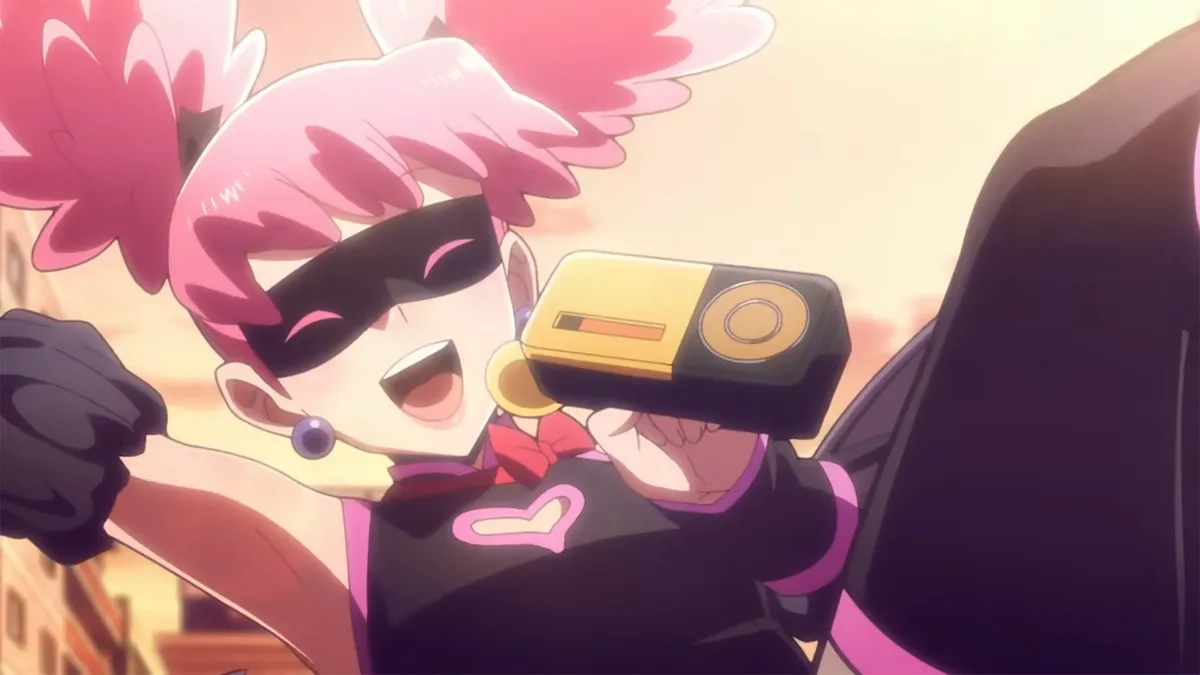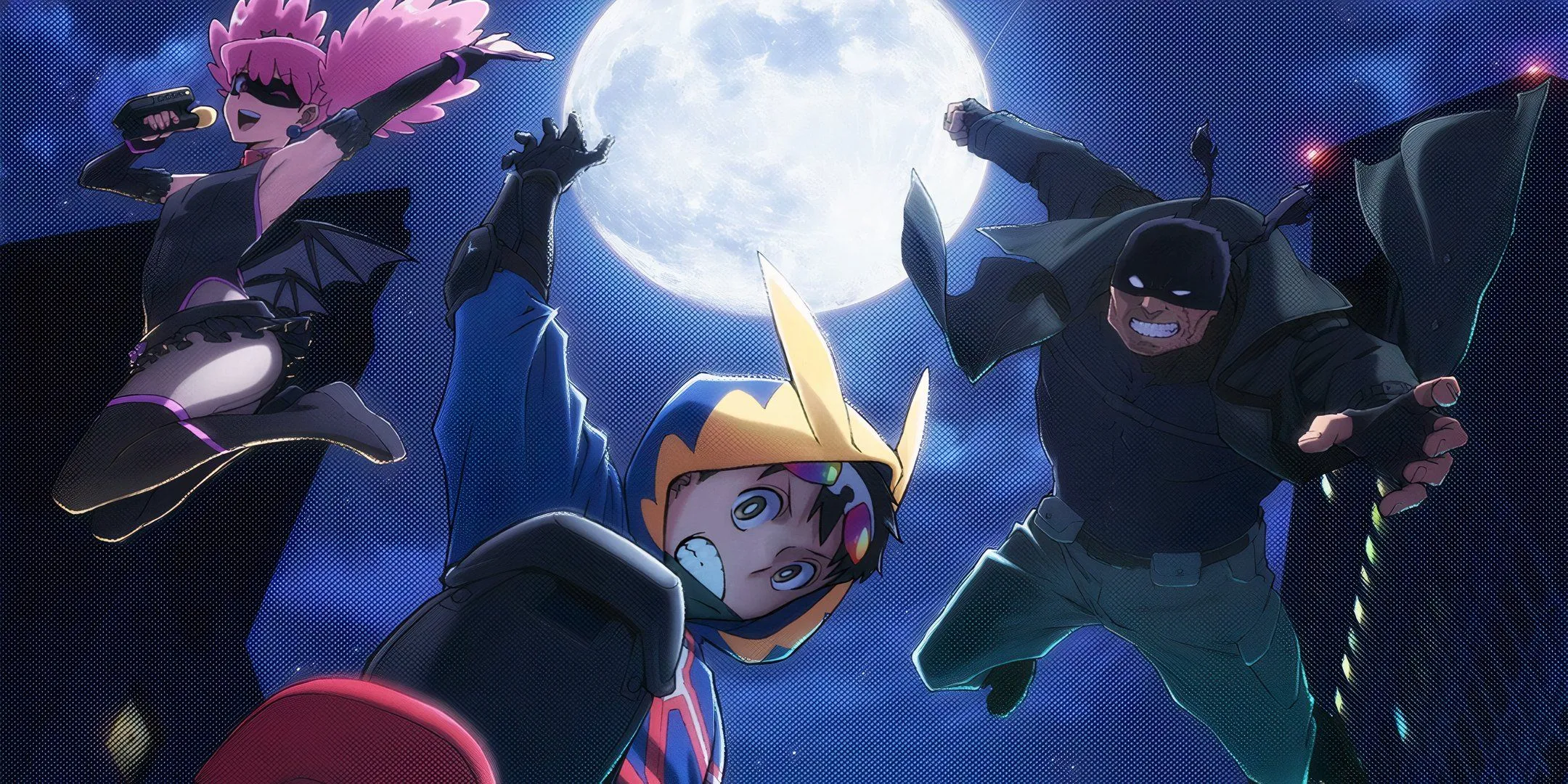My Hero Academia: Vigilantes introduces us to a scenario where individuals with special abilities live side by side with ordinary citizens, yet acts of genuine heroism arise from personal resolve rather than official credentials. Set within a reality brimming with superpowers, the series shifts focus from massive spectacles to the humble efforts of everyday defenders. This prequel and spin-off, rooted in the established universe, brings a fresh perspective by spotlighting street-level narratives that capture local struggles and personal victories.
The series presents a mixture of hope and hardship through the eyes of a young man who, despite possessing a less notable ability, seeks to contribute positively to his community. The urban setting emphasizes moments of small-scale bravery as characters face challenges that mirror social issues found across global cities.
Cinematic techniques, including carefully composed shots, dynamic music scores, and purposeful editing, enhance the portrayal of these grounded conflicts and genuine human emotions. Reflecting on influences from Indian parallel cinema and mainstream Bollywood, the narrative pays attention to cultural nuances and symbolic imagery that resonate with international audiences while remaining firmly anchored in its own imaginative universe.
A Vigilante Narrative Unfolded: Street Encounters and Hidden Schemes
My Hero Academia: Vigilantes sets its stage as a precursor within an established universe. The story is placed several years before the main series, introducing a setting where official heroism exists alongside independent acts of bravery.
Here, the focus shifts to a world where regular citizens with special abilities deal with everyday hurdles while navigating a system that overlooks small-scale efforts. In this prequel, the framework brings forward an urban setting replete with everyday challenges, where the struggle for justice takes place in local neighborhoods rather than grand arenas.
The opening episodes present the catalyst that shakes the life of a young man with an underwhelming power. A sudden incident forces the protagonist into a role as an unsanctioned defender, thrusting him into conflict with petty offenders and street gangs.
A clandestine element surfaces when a substance known as “Trigger” is introduced—a drug that modifies abilities and deepens the mystery surrounding these underground actions. This plot device not only adds a twist to the narrative but also provides a marker for future complications.
Internal pressure mounts as the lead character battles with self-doubt, questioning his worth in a world fixated on impressive talents. His inner conflicts meet external challenges, including clashes with local miscreants and a police force that is either overwhelmed or indifferent.
The series draws a parallel with certain strands of Indian parallel cinema, where narratives often portray individuals contending with societal neglect and systemic lapses. The episodic structure builds slowly, allowing viewers to witness subtle shifts in character dynamics—such as the role of a seasoned mentor whose guidance awakens latent potential in the young vigilante—and subtle hints that set the stage for further plot developments. This approach, observed in many global and Bollywood films, emphasizes the importance of personal agency and communal struggle as the story spreads its reach across multiple narrative layers.
Character Mosaic: Unraveling Identities in Vigilante Action
Koichi Haimawari stands out as a figure grounded in humility and aspiration. He is portrayed as someone approachable, full of hope yet marked by inner struggle resulting from an unremarkable ability. His admiration for heroic icons shapes his self-image, though he wrestles with the reality that his power is less impressive than his dreams.
The journey from an ordinary college student to a proactive street defender unfolds gradually, with each setback spurring him to take action when circumstances force his hand. This personal conflict mirrors themes seen in classic Indian parallel cinema, where characters face a constant tension between societal expectations and personal limitations.
Knuckleduster introduces a different flavor of mentorship that challenges conventional hero ideals. He offers lessons drawn from a life steeped in the rougher side of heroism, critiquing the official framework while guiding Koichi through unpredictable circumstances. His gruff demeanor and unorthodox methods serve as a foil to Koichi’s idealism. Knuckleduster’s presence calls to mind characters from regional films who rebel against standard protocols, arguing for a more raw and immediate approach to justice.
Pop☆Step injects her own flair into the narrative with an energetic persona reminiscent of dynamic figures in Bollywood. She provides moments of levity and insight, lifting the mood during tense scenes and adding depth with her street-smart perspective. Her role reinforces the notion that unconventional wisdom can thrive outside formal structures, enriching the central narrative.
Minor characters and brief cameos contribute to the overall sense of an interconnected world, each offering glimpses into the society that supports these main figures. Their brief appearances help to build the setting without detracting from the detailed character studies at the story’s heart. The evolution of these figures underscores a persistent theme of self-realization and personal change, where mentorship and everyday struggles coalesce into transformative experiences for all involved.
Cinematic Colors and Fluid Action: A New Visual Take
My Hero Academia: Vigilantes adopts a look distinct from its parent series by employing design elements from classic Western superhero comics. The show features bold outlines, striking color schemes, and dynamic shading that emphasize the street-level, raw character of its setting. The visuals contribute to a sense of urgency and realism during action scenes while supporting quieter, more personal moments.
The animation moves with a notable smoothness during chase scenes and combat sequences. Detailed backgrounds lend authenticity to urban alleys and public spaces, and carefully placed on-screen sound expressions like “Bam!” and “Pow!” complement the physical action. These elements remind one of expressive techniques found in certain Indian films, where visuals and sound merge to heighten the stakes in dramatic confrontations.
The series pays respectful acknowledgment to its roots by slightly altering familiar designs, indicating that this story precedes the main timeline. Such artistic choices not only differentiate the characters visually but also hint at the larger evolution that unfolds in the universe.
The artistic direction integrates classic hand-drawn methods with modern digital effects, resulting in a seamless viewing experience that holds viewers’ attention throughout. The artwork is reminiscent of stylistic experiments in Indian parallel cinema, where a fresh approach to composition and shot framing has historically provided commentary on societal issues.
The overall presentation of the visuals enhances the narrative’s tone, placing emphasis on both the physical grit of urban heroics and the personal struggles of its characters. The deliberate art choices engage the audience on multiple levels, using cinematic symbolism and carefully orchestrated editing to support emotional beats. The balance between energetic action and reflective character moments creates a memorable aesthetic experience that invites comparison with trends seen in global film productions.
City of Shadows and Light: Unofficial Heroes in an Unpolished World
My Hero Academia: Vigilantes expands the familiar universe by turning attention to those not celebrated by the state. The series transports us to an urban environment where official protectors coexist with independent defenders. Here, the official system fails to cover local disputes, leaving room for those who choose to act without recognition. This setting reflects the struggles depicted in many parallel narratives from Indian cinema, where local efforts emerge as central to community survival.
The story examines what it means to act selflessly when the established order falters. It presents the choices of individuals who assume responsibility in areas left unattended by formal heroes. An everyday citizen uses his modest ability as a tool for social repair, a theme found in regional films that portray personal sacrifice as an act of moral responsibility. The plot probes how personal valor fills the gap left by unresponsive institutions and official indifference.
The narrative is laced with visual cues—a playful use of onomatopoeia integrated with dynamic visuals serves as a symbol of hidden strength. The interplay of stark imagery and straightforward storytelling links the series to global cinematic methods while questioning conventional reliance on celebrity authority in public service.
Kinetic Rhythms and Sonic Impact: The Pulse of Vigilantes
The fight scenes and chase sequences in Vigilantes are crafted with a fluidity that emphasizes creative choreography. The combat unfolds with a balance of realistic movement and visually heightened moments that mark a contrast with the protagonist’s modest physicality. This approach evokes the meticulous action design seen in Bollywood blockbusters, where elaborate sequences merge finesse with raw energy.
Each episode interweaves slower, character-oriented segments with bursts of fast-paced, high-energy action. Short narrative hooks punctuate the storyline, leaving viewers with suspense that carries from one episode to the next. The pacing of these segments is carefully measured, ensuring tension is maintained while narrative clarity remains a priority.
Sound plays an integral role in heightening the dramatic effect of these scenes. The deliberate use of sound effects, including carefully timed onomatopoeic cues, enhances the visual excitement and deepens emotional resonance.
The background score subtly shifts from energetic drum sequences during chases to softer instrumental passages in reflective moments, much like the musical transitions observed in several acclaimed Indian films. The combined effect of crisp editing, impactful audio cues, and dynamic visual storytelling crafts an immersive atmosphere that keeps audiences engaged throughout both the adrenaline-filled sequences and quieter, poignant beats.
The Review
My Hero Academia: Vigilantes Season 1
Vigilantes offers an engaging look at street-level heroics with refined visuals and inventive action. Its nuanced characters and measured pacing pair seamlessly with a striking audio landscape to reframe familiar superhero tropes through fresh storytelling. The series presents an absorbing journey into a world where resilience and creativity challenge a flawed system.
PROS
- Fresh take on heroism with a street-level focus
- Innovative visual style and expressive animation
- Thoughtful character development with relatable protagonists
- Well-integrated action sequences and dynamic sound design
CONS
- Pacing may feel uneven for some viewers
- Occasional reliance on familiar superhero tropes
- Limited exploration of supporting storylines




















































